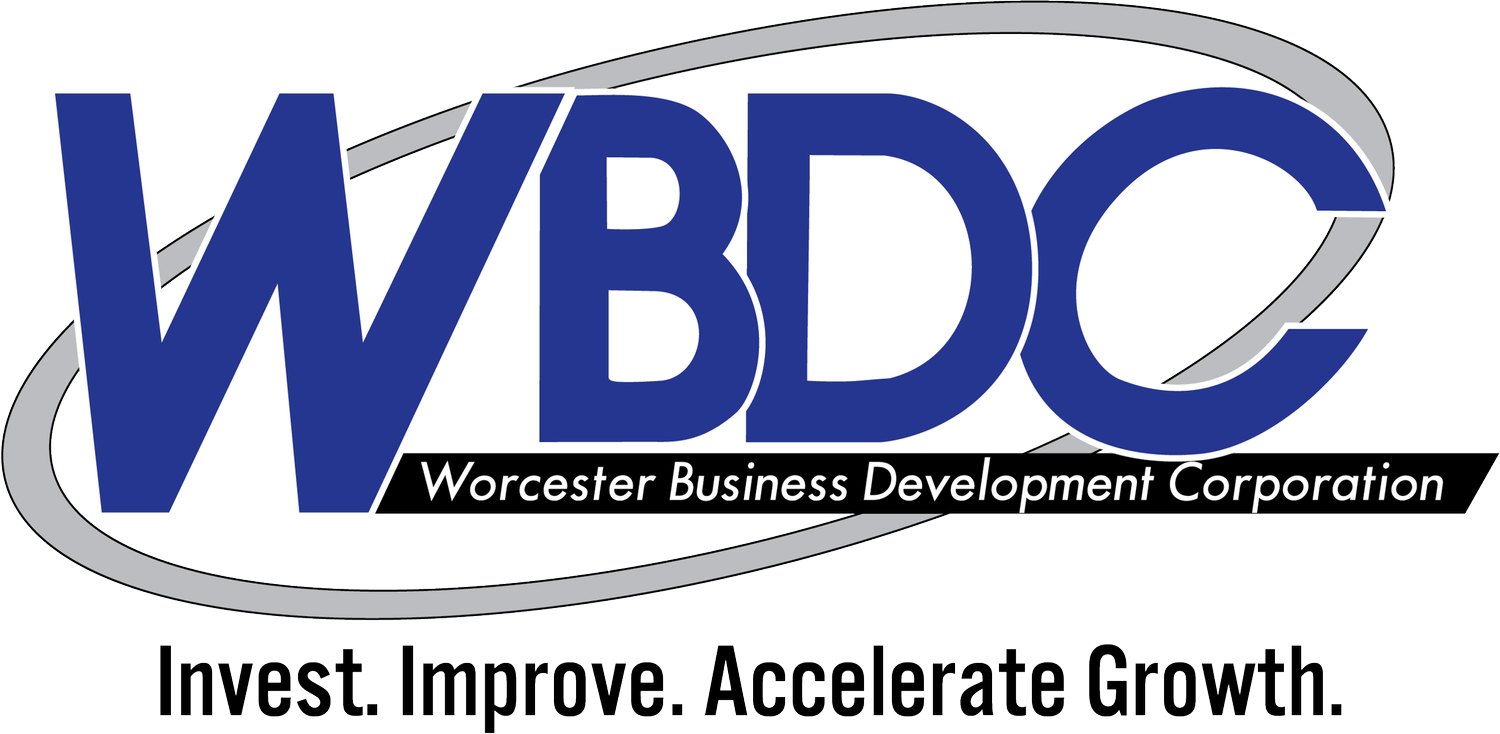Mass. brownfields get $13.7M for clean up from EPA; Worcester gets $4.7 million
Kiernan Dunlop, MassLive
A federal environment official compared investing federal money to clean up contaminated industrial sites to exchanging a $1 bill for a $10 bill at a press conference in Massachusetts Friday.
Environmental Protection Agency New England Regional Administrator David Cash even lived up to his name and exchanged an audience member’s $1 bill for a $10 bill from his own wallet.
Cash was in Worcester Friday to announce the EPA is awarding more than $13.7 million in grants to 16 organizations and communities throughout the state to help in their efforts to clean up contaminated property known as brownfield sites.
A brownfield is property that may be challenging to redevelop because it’s polluted or there are hazardous substances that are typically expensive to get rid of, often scaring away potential developers.
The money includes $8.7 million in competitive EPA Brownfields funding that will go to 14 communities and $5 million in non-competitive funding for two Revolving Loan Fund grant programs.
Organizations that hope to clean up brownfield sites can apply for the funds either as loans or subgrants, according to the EPA. The city of Worcester received $2.7 million and the Berkshire Regional Planning Commission received $2.35 million for their existing programs.
The EPA was able to dole out so much money due to the passage of the Bipartisan Infrastructure Law, for which Congressman James McGovern and Sen. Elizabeth Warren worked to pass. The two were in Worcester to celebrate the funding announcement on Friday, along with Worcester Mayor Joseph Petty, City Manager Eric Batista and MassDEP Commissioner Bonnie Heiple.
“Communities across the commonwealth and the country have been contaminated, polluted and abandoned,” Warren told the crowd. “Brownfield sites are often the result of choices that put corporate profits over people while our government looked the other way. Justice has to be at the forefront of our response to climate change and that is why Congressman McGovern and the rest of our colleagues and I fought hard to pass the Bipartisan Infrastructure Law.”
The site of Saint-Gobain manufacturing on New Bond Street in Worcester. The site is being redeveloped to remediate contamination done to the site over decades of manufacturing.
Since the beginning of the EPA’s brownfields program, Massachusetts has been awarded $152 million in funding, according to Cash, which has spurred more than $1.5 billion in public and private cleanup redevelopment investment and helped create 7,300 jobs in assessment, cleanup and construction.
Looking at the numbers, Cash said it was a 10-to-1 return on investment, before demonstrating it with his own money in the audience.
“It’s obvious when we invest federal money in these kind of situations we get dollars and dollars back, and it’s not just dollars of course, it’s building community,” Cash said.
Saint-Gobain site in Worcester receives $2 million
The press conference took place at 1 New Bond St. in Worcester, the site of Saint-Gobain, a manufacturing company and one of the sites that will benefit from the funding. A limited liability corporation established by Worcester Business Development Corporation received a $2 million brownfield cleanup grant to help cleanup the site.
Saint-Gobain donated 51 acres of its property to Worcester Business Development Corporation in November 2022, according to WBDC Executive Vice President Roberta Brien, because they knew it would cost $50 million to remediate the property and WBDC would never recover that in a land sale.
The 400 Block Property is currently contaminated with metals, inorganic materials, PCBs and volatile and semi-volatile organic compounds, according to the EPA.
Other funding sources for the cleanup include Saint-Gobain itself, $1 million from WBDC and $8 million in other grant funding WBDC has been able to secure since acquiring the property in November, according to Brien.
WBDC is hoping the rest of the funding will come from a MassWorks Grant that they have in from the state and from land sales, Brien said.
Brien highlighted the partnership it has with Saint-Gobain and the support of the city and the Worcester Chamber of Commerce for getting the project off the ground.
The cleanup will involve demolishing the buildings in order to access the contaminated ground underneath.
Once the contamination is cleaned up, WBDC will either sell the land or partner with someone to redevelop it, according to Brien. Their goal is to find someone to take over the property who will create 1,000 jobs.
WBDC is also looking at the possibility of finding a green technology manufacturer to purchase the site, whether it be solar panels or wind turbines, Brien said.
“We just really want to think holistically about how could this serve the community, but also how could this (contribute to) climate resiliency,” Brien said.
Batista said the grant will help position the property for more sustainable and productive use and is a wonderful example of how grants like it can catalyze economic growth and development.
The project has the potential to leverage hundreds of millions of dollars of private investment and generate upward of 1,000 new jobs Batista said.
Who else received grants?
Other organizations that received grants include Westmass Area Development Corporation, which received $740,000 to help clean up part of the 52-acre Ludlow Mills Complex.
The following received $500,000 each to perform brownfield assessments and develop cleanup plans:
Montachusett Regional Planning Commission
City of Springfield
Pioneer Valley Planning Commission
Franklin Regional Council of Governments
Old Colony Planning Council
City of Chelsea
Town of Adams
City of Methuen
The city of Lynn and towns of Franklin and Ware each received $500,000 brownfield cleanup grants to assist with remediating sites.

